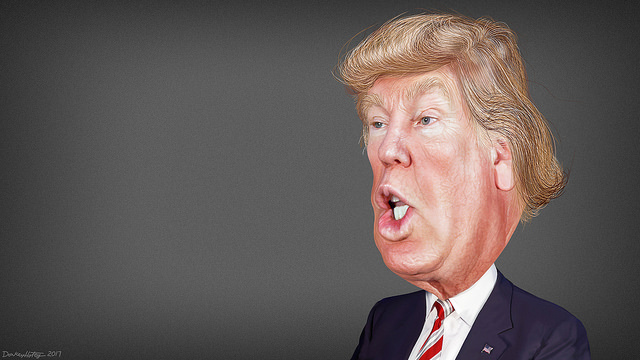Contributed Post
The job market figures under Obama weren’t good. Although economists waxed on about how he managed to get the rate of unemployment down below five percent, that headline statistic brushed over a much deeper problem in the economy. A lot of people who found themselves out of work simply didn’t bother looking for a job. Instead, they dropped out of the labor force and vanished altogether.
When viewed from the perspective of the labor force participation rates, the picture is a lot less rosy. Today, the US economy has the same participation rate as it did in the 1970s before the feminist revolution pushed millions of women into the workforce. That means that millions upon millions of people are sitting around, twiddling their thumbs and adding nothing to the economy.
The social consequences of this have been enormous. Every racial group in America is experiencing increases in their life expectancy, except one: the white working class. Unlike everybody else, these guys are dying younger and earlier, mainly due to increased suicide. They’re so unhappy about being out of work, they’re killing themselves.
If Trump’s going to turn this thing around, he’s got a job on his hand. The reason the economy has been shedding jobs that used to be filled by the working class is, according to many economists, because of globalisation. Jobs that were once done in the Midwest – the Rust Belt states like Michigan and Ohio that won Trump the election – have now been shipped overseas, crippling local economies and leaving many people without work. What’s worse, a lot of the people who previously had jobs in factories or down the mines don’t have the skills to retrain as healthcare professionals or accountants. They’ve been chewed up and spat out by the system in a way that nobody ever intended.
The problem for Trump is that the process of globalization is nearly over. Now that wages are rising all over Asia and companies can’t simply outsource production to areas with cheaper labor, the worst of globalization might actually be behind us. Companies are already announcing that they’re coming back to the US en masse, leaving Asia behind.
Trump’s problem, however, is that a lot of these companies won’t be bringing jobs with them. Instead, they’ll be automating their facilities, using as few expensive American hands as possible. The challenge facing Trump, therefore, is to find ways to make human labor more competitive. As consultants like Ellis Whittam point out, there’s a lot of risk in taking on a new employee. Companies are potentially opening themselves up to litigation when they make a new hire, and they have to pay fees for healthcare that many can’t afford. These costs need to come down if people are going to be competitive again.
The noises coming from the Whitehouse appear to be promising. Job number are already up, according to the February report. And they’ll continue to go up, so long as harmful regulations created during previous administrations are removed. If this presidency is to be a success, Trump and his team will need to get the regulations to a minimum, bypassing Congress if necessary.








Pingback: Hiring Employees? Look For These Things – ERIC SAN JUAN